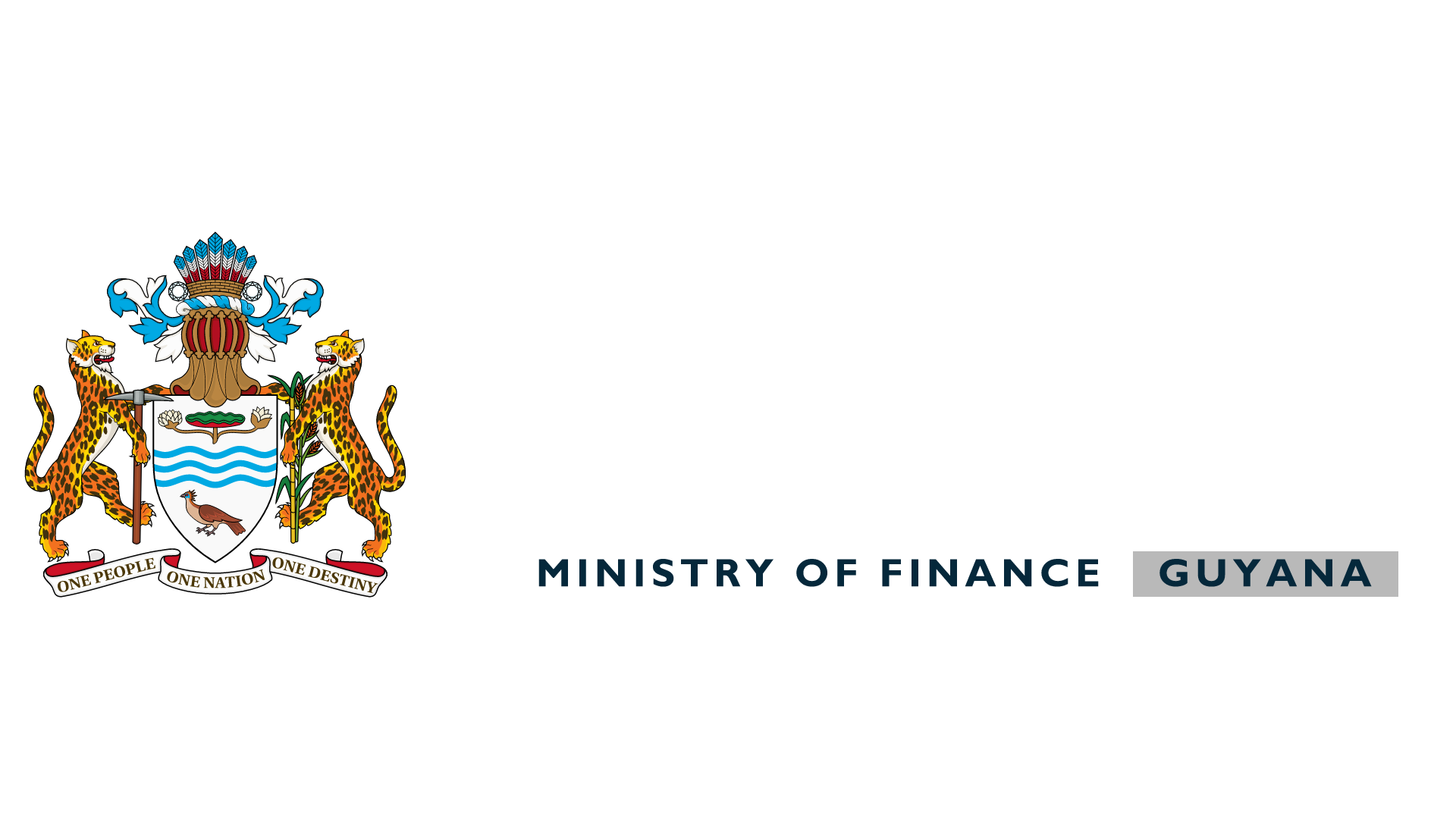Amaila Falls Hydropower Project (AFHP)
Cabinet, at its most recent meeting, has granted its ‘no objection’ for the Office of the Prime Minister to engage China Railway Group Limited to construct the Amaila Falls Hydropower Project (AFHP) based on a Build-Own-Operate-Transfer (BOOT) model where the company will supply electricity to the Guyana Power and Light (GPL) Inc. at a cost not exceeding US$0.07737 per KWH and where the company will provide the entire equity required by the project and undertake all the risks associated with the project.
This follows the publication of a request for proposals by Government in various national newspapers during the period July 25 to August 15, 2021. A total of four companies submitted proposals, and China Railway Group Limited was identified as the most ‘capable partner’ by the Evaluation Committee after a rigorous evaluation process, following which the National Procurement and Tender Administration Board (NPTAB) submitted the relevant recommendation to Cabinet for ‘no objection’.
The AFHP was first identified in 1976 by the Canadian company “Monenco’ during an extensive survey of hydroelectric power potential in Guyana. Various studies have since justified and strongly supported the construction of the AFHP. Recognizing the suitability and attractiveness of the project, the pre-2015 PPP/C Government had advanced preparation of AFHP by conducting extensive technical and financial studies of the project, including an environmental and social impact assessment (ESIA). The then PPP/C Government had also mobilized international investor interest in the project, and a major private international investor (the Blackstone Group) had expressed serious interest in undertaking the project. Additionally, the then Government had earmarked US$80 million earned by Guyana under the Guyana-Norway partnership within the Low Carbon Development Strategy (LCDS) to help finance equity in the project.
These efforts to advance the project were blocked and derailed by the then APNU/AFC Opposition, who voted against the project in the National Assembly. The APNU/AFC later maintained their opposition to the project when they assumed office in 2015 and failed to offer any alternative to the project. This was despite the fact that the APNU/AFC Government in 2016, with support from Norway, hired an independent consultant (Norconsult) to review the project. The report, published in December 2016, recommended the development of AFHP as the best option for Guyana to achieve affordable, low-carbon electricity.
Consistent with a commitment given by the PPP/C to resume work to advance this project in the Party’s 2020 manifesto, on the basis of which the Party was elected to office in 2020, this Government has resumed efforts to realize this flagship project under the new and expanded LCDS. In its current formulation, it is expected that the project will require no equity contribution from Government, in comparison with the previous project structure which was based on a Government contribution of US$100 million. Additionally, the current structure anticipates a cost of power that will be lower than the initial cost of 11 cents per KWH contemplated by the previous project structure.
The AFHP will lower the cost of electricity needed to power Guyana’s economic diversification and transformation into a low carbon economy, as well as reduce the cost of power to the businesses and households. The project will also support initiatives such as the electrification of transport and e-mobility and accelerate the development of a robust ICT sector needed for an interconnected world as well as a competitive manufacturing sector.
The New Demerara Harbour Bridge (NDHB)
At the same meeting, Cabinet also granted its no-objection for the Ministry of Public Works (MoPW) to engage China State Construction Engineering Corporation Ltd. to construct the New Demerara Harbour Bridge (NDHB) based on a Design-Build-Finance (DBF) model with financial terms and conditions which would be no less favorable than those submitted in the preferred bidder’s price proposals. The proposal by China State Construction Engineering Corporation Ltd under the DBF model contemplates a construction cost of US$256.6 million, the lowest amongst all bidders.
Initially, the Government of Guyana, through the MoPW, pre-qualified nine (9) firms to submit bids for the construction of a two-lane dual carriageway (4 lanes) hybrid Cable-Stayed center span bridge with Concrete Box/T Beam Girder approach bridge structure with the following inclusions:
- Bridge collision protection.
• Navigation span to accommodate Handymax vessel Navigation aids.
• Lighting, signage, and all other ancillary works.
• Access road with a minimum of 50 meters up to abutments.
• Toll collection buildings and ancillary buildings on the West Bank of the Demerara River.
The pre-qualified firms were invited to submit bids to construct the bridge using a Design-Build-Finance (D- B-F) contract and Design-Build-Finance-Operate-Maintain (D-B-F-O-M) contract. At the pre-bid meeting, held on June 28, 2021, it was agreed that the closing date for submission of bids would be October 5, 2021. Only five of the pre-qualified bidders submitted bids, of which four (4) obtained the required minimum score for the technical proposal. The Evaluation Committee recommended that the Procuring Entity engage China State Construction Engineering Corporation Ltd. using the Design-Build-Finance (DBF) model on financing terms and conditions no less favourable than those proposed by the highest ranked bidder. The NPTAB subsequently submitted the recommendation to Cabinet, and Cabinet granted its ‘no objection’.
The NDHB comprises a critical component of the Government’s drive to expand and modernize Guyana’s transport infrastructure. It aims to replace the aging Demerara Harbour Bridge with a modern four-lane structure that will facilitate greater traffic capacity and dramatically improve commuter convenience. The new bridge will offer easy connectivity to both the existing East Bank Demerara road as well as the new Diamond to Ogle bypass on the eastern side of the River and to the existing West Bank Demerara Road and the new Parika to Schoonord Road on the western side of the River. The new bridge will also offer critical connectivity to the new Wales Development Authority which will be a major centre of productive activity when it comes on stream.
